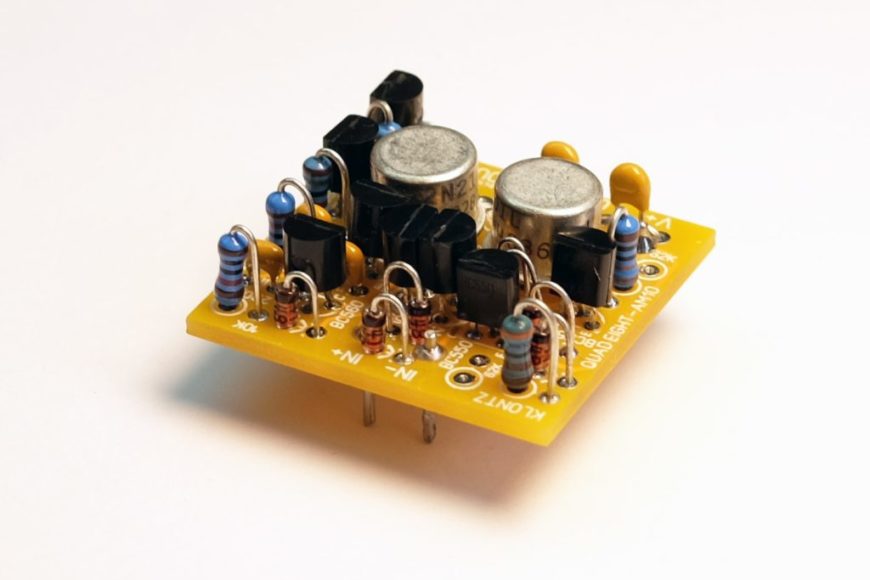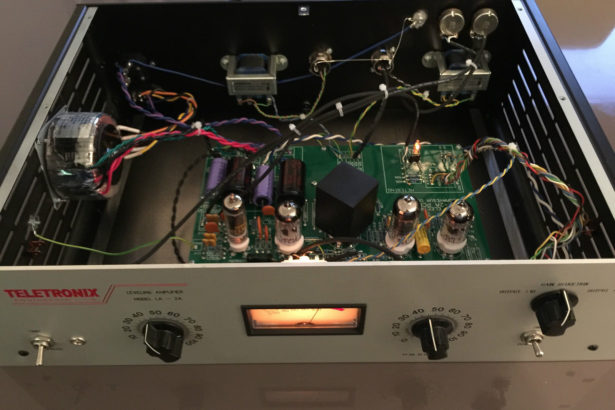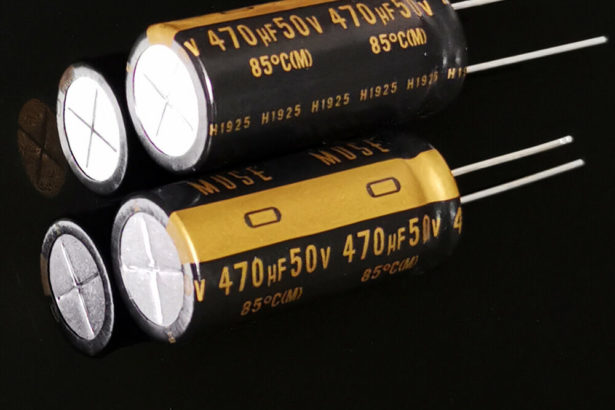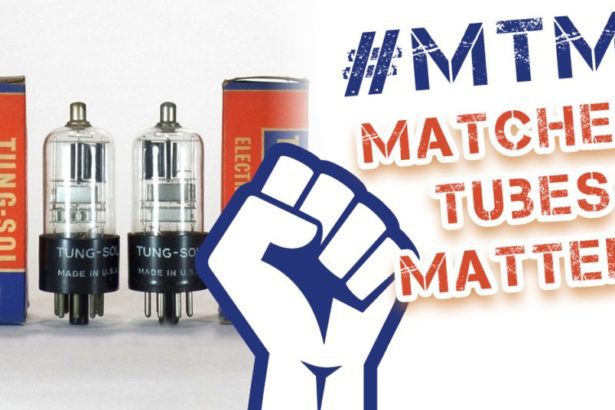Discrete Transistors vs. Op-Amps

In the world of high-end audio (Hifi or music gear), the debate between using discrete transistors and integrated operational amplifiers (op-amps) has been ongoing for decades. This article examines the technical merits of discrete transistor designs in comparison to op-amp-based circuits, particularly in the context of audio applications.
Customization and Control
Discrete transistors offer complete control over circuit design, allowing audio engineers to fine-tune each stage’s performance and optimize for specific audio requirements. This level of customization is particularly valuable in high-end audio applications where every nuance of sound reproduction matters.
In contrast, op-amps provide a pre-packaged solution with a fixed internal architecture. While this can be convenient in many situations, it inherently limits design flexibility and customization options, which can be a significant drawback for audio purists seeking the ultimate in sound quality.
Bandwidth and Slew Rate
One of the key advantages of discrete bipolar transistor designs is their ability to achieve extremely high bandwidths, often exceeding 100 MHz. This wide bandwidth ensures accurate reproduction of high-frequency content and contributes to a more open and airy sound.
Additionally, discrete designs can offer superior slew rates, which are crucial for the accurate reproduction of transients in audio signals. High slew rates allow the amplifier to respond quickly to sudden changes in the input signal, resulting in more dynamic and lifelike sound reproduction. Op-amps, on the other hand, often have more limited bandwidth, typically in the range of 1-20 MHz, and may exhibit slew rate limitations that can potentially cause distortion on fast transients.
Noise Performance
When it comes to noise performance, properly designed discrete transistor circuits can achieve extremely low noise levels. Audio engineers have the freedom to select low-noise transistors and optimize their operating points to minimize noise contribution. This level of control is particularly important in the early stages of audio amplification, where any noise introduced will be amplified by subsequent stages.
Op-amps, while often designed with low noise in mind, exhibit varying noise performance between different models. The internal complexity of op-amps can sometimes introduce additional noise sources that are difficult to mitigate externally.
Distortion Characteristics
Discrete transistor circuits are known for often exhibiting more gradual and musically pleasing distortion characteristics. Engineers can carefully manage the balance between even-order and odd-order harmonics, which can contribute to a warmer and more natural sound that many audiophiles or guitar players prefer.
Op-amps, due to their internal design, may produce higher levels of odd-order harmonics, which can sound harsh or unpleasant to discerning listeners. The distortion characteristics of op-amps are largely determined by their internal design, leaving less room for optimization in the overall circuit.
Don’t forget there are two types of distorsion : one you want and one you don’t !
Power Supply Rejection Ratio (PSRR)
Achieving excellent Power Supply Rejection Ratio (PSRR) is crucial in high-end audio applications to minimize the impact of power supply noise on the audio signal. Discrete transistor designs allow for the implementation of sophisticated power supply filtering and regulation techniques, resulting in superior PSRR performance. Engineers can design multi-stage power supply rejection circuits tailored to the specific needs of each amplification stage. Op-amps, while often designed with good PSRR in mind, may be more susceptible to power supply noise and fluctuations, especially in demanding audio applications.
Thermal Management
Effective thermal management is critical in high-power audio applications to maintain consistent performance and ensure long-term reliability. Discrete transistor designs allow for effective heat dissipation through proper component selection and layout. Engineers can design high-power output stages with superior thermal stability by carefully selecting transistors with appropriate power handling capabilities and implementing effective heat sinking solutions.
Op-amps, particularly in high-power applications, may suffer from thermal issues due to their integrated nature and limited power handling capabilities.
Component Selection and Matching
One of the strengths of discrete transistor designs is the ability to carefully select and match individual transistors for optimal performance. This level of control allows for the implementation of temperature compensation techniques and ensures consistent performance across the audio spectrum. Engineers can choose transistors with specific characteristics that complement the overall circuit design.
Op-amps, while internally matched, rely on this internal component matching which may drift over time. They also offer limited options for external compensation, potentially limiting long-term performance stability.
Longevity and Repairability
Discrete transistor circuits offer advantages in terms of longevity and repairability. Individual components can be easily replaced if they fail, allowing for cost-effective repairs and maintenance. Furthermore, discrete designs can be updated or modified over time as new components become available or as design philosophies evolve.
Op-amp-based circuits, while often reliable, require the entire chip to be replaced if any internal component fails. This can be more costly and may require more extensive board-level repairs. Additionally, op-amp-based designs offer limited options for future upgrades or modifications without a complete redesign.
While op-amps offer convenience and good performance in many audio applications, discrete transistor designs continue to hold a significant advantage in high-end audio. The ability to customize every aspect of the circuit, achieve superior bandwidth and slew rate performance, and fine-tune distortion characteristics makes discrete designs particularly attractive to audiophiles and high-end equipment manufacturers.
However, the choice between discrete transistors and op-amps ultimately depends on the specific requirements of the audio application, as well as considerations of cost, complexity, and development time. Both approaches have their merits, and the ongoing debate ensures continued innovation in the pursuit of audio excellence.



